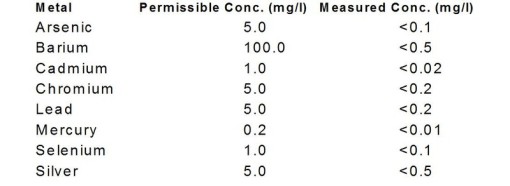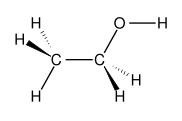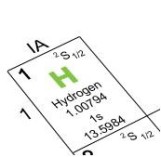Energy & Fuels Production
Electrical Generation
The power generation section of the facility is based on a conventional combined-cycle power plant, typically fueled with natural gas, which is known for being one of the cleanest and most efficient types of power plants in existence. Our facilities will primarily use clean synthesis gas, also known as "syngas," as fuel. The syngas is utilized in a gas turbine, where the expanding gases drive the turbine and generate electricity. The hot exhaust from the gas turbine is directed to a steam generator, which produces steam to power a steam turbine and another electric generator. Additionally, we will employ Selective Catalytic Reduction (SCR) to remove nitrogen oxides (NOx), reducing smog emissions.
Our facilities have the capacity to generate enough electricity at a single site to power nearly 40,000 homes. We estimate that 20% of the electricity/energy generated in the process will be used for self-sustenance, while the remaining 80% can be supplied to the local grid as green energy.
Furthermore, some of the heat produced by the gases can be harnessed to convert water into steam, which can then be used to generate electricity through steam turbines. This not only reduces greenhouse gas emissions but also helps prevent acid rain. Additionally, this process yields thousands of barrels of natural gas and MegaWatt-hours of electricity. Electric power generation can be achieved through either a conventional combined cycle (utilizing steam and gas turbines) power plant or by utilizing Solid Oxide Fuel Cells (SOFC) fueled by carbon monoxide and/or hydrogen.
By implementing technologies that harness renewable resources, such as waste, to produce energy without depleting the Earth's limited resources, we can usher in a new era of environmental responsibility and achieve true energy independence.
Ethanol
Ethanol is a renewable fuel that can be produced from synthesis gas (syngas) through various methods, including catalytic and biological processes. There are plans to employ a bio-fermentation process for the production of ethanol fuel using non-food feedstocks. This process has the potential to generate up to 7.7 times more chemical energy in ethanol compared to the fossil energy required for its production, while using less than 1 gallon of process water for each gallon of ethanol produced.
Furthermore, this process exclusively yields fuel-grade ethanol and does not produce mixed-alcohols that need separation. As a result, it enables ethanol to become cost-competitive with gasoline while simultaneously reducing greenhouse gas emissions during production.
Hydrogen
Hydrogen is the simplest and most abundant molecule on our planet and in the universe. It can be found in various sources, including natural gas, methanol, biomass, coal, water, and other substances. Hydrogen (H2) can be locally and safely produced in large quantities for a range of energy applications, such as pollution-free transportation fuel, as well as heat and electricity for powering homes and offices. One promising source of hydrogen is syngas.
Syngas contains significant amounts of hydrogen, and it is considered "green hydrogen" because it is produced from waste using plasma gasification technology, which is a renewable source, as opposed to "black hydrogen" commonly derived from oil or carbon-rich sources. There are numerous advantages to using gaseous hydrogen as an alternative fuel: it is easy to store, transport, and can economically transmit energy over long distances compared to power lines. Hydrogen can also be directly utilized in today's increasingly efficient fuel cells with virtually no environmental impact.
Hydrogen holds great promise as an energy source for the future. Considering environmental and economic factors, solutions like these will help establish the sustainable infrastructure required for future generations.






